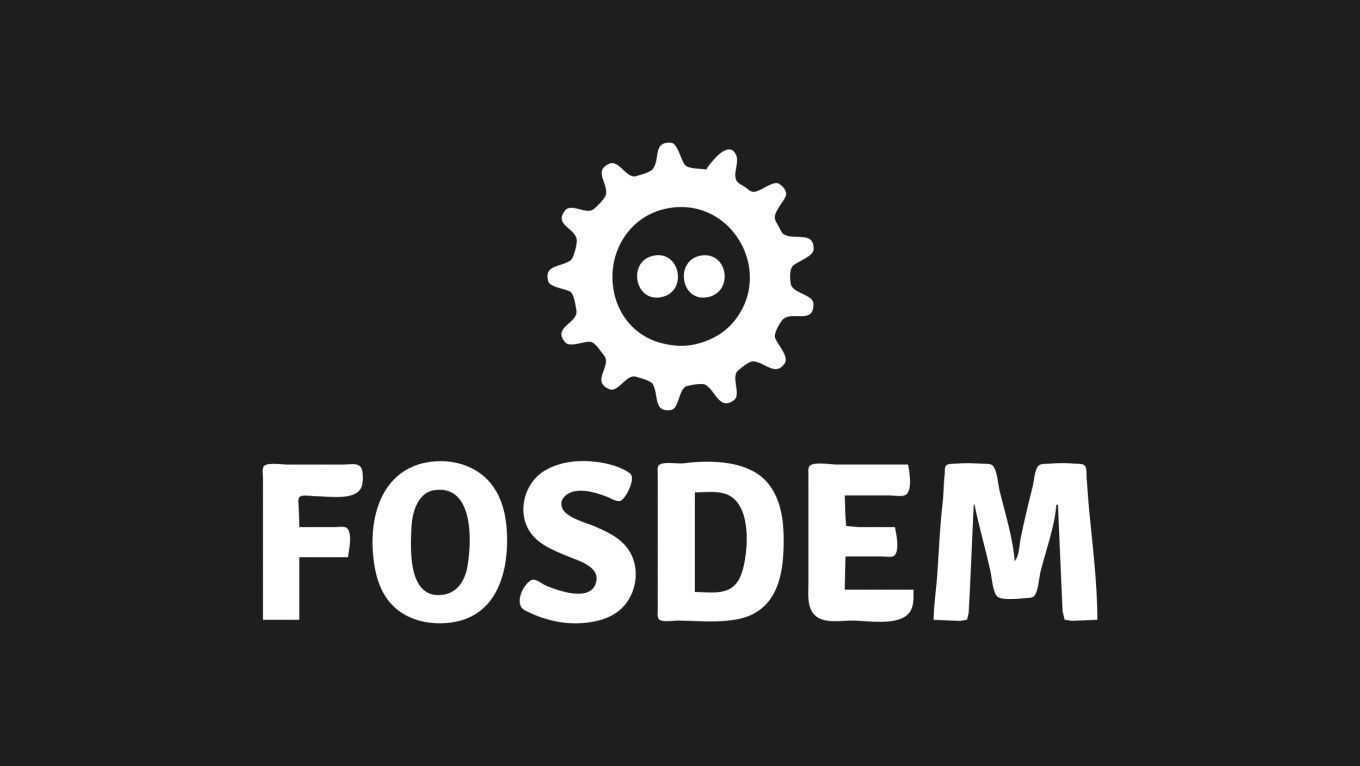Retrocomputing
A Brief History of Spreadsheets
From LANPAR to VisiCalc to Lotus to LibreOffice
<p>Have you ever wondered why spreadsheets look and act that way? Why does LibreOffice and Excel use letters for columns and numbers for rows? In this high energy presentation, Jim Hall will discuss a brief history of spreadsheets, from LANPAR to VisiCalc to Lotus 1-2-3 to LibreOffice. A great history lesson and practical demonstration.</p>
The first 'spreadsheet' program was LANPAR, which invented the interactive concept of working with values and originated the idea of forward referencing. But the spreadsheet as you might recognize it today started with VisiCalc on the Apple II. We'll explore several favorite DOS spreadsheets as we review a history of spreadsheets, including: VisiCalc, Lotus 1-2-3, As Easy As, Quattro Pro, .. to to understand why modern spreadsheets like LibreOffice Calc look and act that way.
Additional information
| Type | devroom |
|---|
More sessions
| 2/5/22 |
<p>A brief introduction to our devroom and the schedule ahead.</p>
|
| 2/5/22 |
<p>In 1982, David Horne wrote a version of chess which managed to fit inside the memory of a 1K ZX81. Although it wasn't a complete implementation, it was impressive enough to be remembered now, almost 40 years later. But running it in 2022 requires at least an emulator, ROM file, and the .P file, which limits the appeal to retro enthusiasts and excludes the intended audience - chess players!</p> <p>So, I modified the EMF emulator (and the game) to run as an emulator-as-a-service, so that it can ...
|
| 2/5/22 |
<p>The 'serial port,' usually carrying RS-232, has once been the window to the world on capable systems. This talk is a brief history on it, its use cases and its current state. Is it still relevant? Do we still love it? Are there alternatives?</p>
|
| 2/5/22 |
<p>Operating system of Apple-1 written by Steve Wozniak is an engineering piece of art – 256 bytes only! We will explain how it works using the original 6502 assembler source code along with our own rewritten in Python version so every software engineer could understand how It works. It should be useful for engineers who want to know basics of operating systems.</p>
|
| 2/5/22 |
<p>The HomeComputerMuseum is founded in 2018 after its initial plan in 2016. The idea of an interactive computer museum while being a social company and fully independent of subsidy. In 2020, right after a move to a bigger and more permanent location, the unsubsidized museum had to deal with corona. Against all odds, the museum survived and even grew faster than ever before, becoming world's largest museum on social media and collaborating with museums all over the world. This all with a social ...
|
| 2/5/22 |
<p>The history of calculation, information processing and computation is very rich. It is driving the industrial revolution and digital transformation of our world. This history is composed of many events related to conceptual and technological breakthroughs. In order to help in the analysis (by researchers) and explanation (to citizens), the NAM-IP Computer Museum is actively developing the "Trajectware" Open Source framework based on a the structuration of illustrated events in the form of ...
|
| 2/5/22 |
<p>The lecture will discuss reverse engineering e-waste. It will shortly present the open source hardware tools that are used internally at Unbinare and how these are used when the aim is to reduce e-waste.</p>
|

